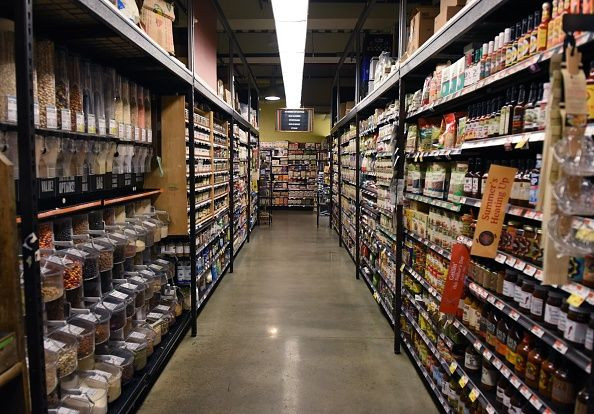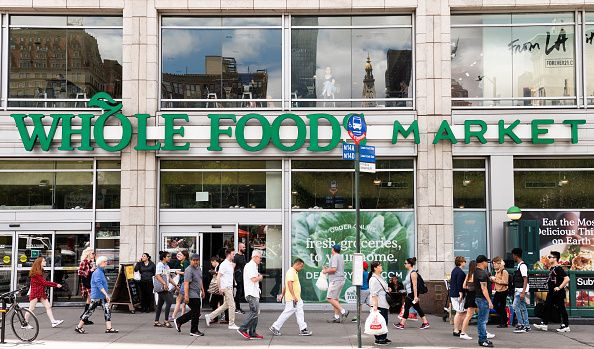Whole Foods Cuts Health Benefits For 1,900 Part-Time Workers, Employees In Shock

It doesn’t look like the strong economy is doing Whole Foods Market Inc. much good.
The Amazon-owned health-food store will slash health benefits for more than 1,900 part-time employees as part of a move "to better meet the needs of our business and create a more equitable and efficient scheduling model."
The benefits to be withheld are offered to part-time employees that work at least 20 hours a week. The loss won’t affect full-time employees, however.
Whole Foods employs 95,000 persons in full-time and part-time positions nationwide. Whole Foods claims the loss of benefits will only affect less than two percent of its total workforce. The change will take effect on Jan. 1, 2020.
"The small percentage of part-time team members ... who previously opted into medical benefits through Whole Foods Market's healthcare plan -- less than 2% of our total workforce -- will no longer be eligible for medical coverage through the company," said a Whole Foods spokesperson.
A part-timer among those slated to lose their jobs said she was in shock at the news. She told media she’s worked for Whole Foods for 15 years and the reason she stayed on was because of the benefits soon to be withdrawn.
Whole Foods has fared badly since its acquisition by Amazon in June 2017. Up until today, some analysts can't figure out why Amazon bothered to acquire Whole Foods in the first place given the e-commerce giant has since shutdown its restaurant food delivery operation and cut back operations of its Amazon Fresh grocery-delivery service.
Amazon's confusion can be gleaned in Whole Food's operating losses. Amazon revenue from its physical stores -- which is mostly Whole Foods -- saw a 2.7 percent drop to $4.4 billion in the fourth quarter of 2018 from a year earlier and a 1 percent increase in Q1. That’s weaker than comparable Whole Foods quarterly revenue growth before the acquisition by Amazon.
Since the start of this year, some analysts have speculated that Amazon has entered a period of slower growth. Chief among the problems confronting Amazon this year include reviving Whole Foods whose sales continue to falter.
Americans spend over $800 billion on food shopping annually, and Amazon isn’t about to abandon this lucrative market now.
On the plus side for Amazon is that customers can purchase Whole Foods products on Amazon, pick-up Amazon packages at lockers at Whole Foods stores and use the Alexa digital assistant to order Whole Foods.

© Copyright IBTimes 2024. All rights reserved.




















